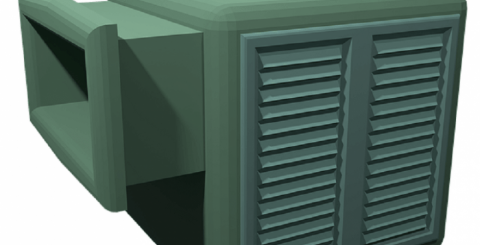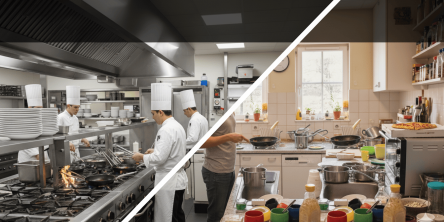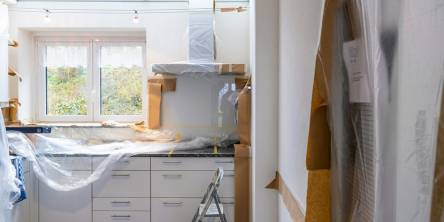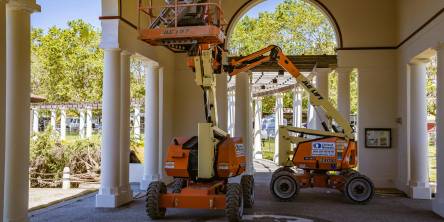Tips for Identifying and Resolving Common HVAC Issue

Owning a home brings with it a variety of responsibilities, from mowing the lawn to fixing a leaky faucet. One of the most essential home maintenance tasks is taking care of your HVAC system. Neglecting this system can lead to increased energy costs, system breakdowns, and even health problems. However, many people don't know much about HVAC systems or what problems they might experience. Even well-taken care-of systems can malfunction from time to time, which is why you need to be prepared in the event that something goes wrong. If you're in need of information, keep reading for some useful tips on identifying and resolving common HVAC issues.
How can you identify and resolve common HVAC issues?
First, you should be aware that the best way to prevent HVAC issues from occurring in the first place is by being proactive and consistent with regular maintenance. You should plan to have an HVAC tune up at least once annually, where the unit is inspected by a technician so that they can identify any potential issues and fix them before they get worse or result in a breakdown. Your technician will test your system's pressure, look for leaks, tighten loose fittings, lubricate bearings, clean coils, check condensate drain pans, and test your thermostat.
Another issue commonly found with older systems is an electrical failure caused by damaged wiring insulation or faulty components such as contactors, relays, and thermostats, all leading back to poor maintenance practices that were not undertaken when first installed years ago. Ignoring signs like buzzing noises coming from the unit or odd smells should always prompt a professional technician’s visit since these could signal potentially dangerous malfunctions within your system’s electrical circuit board which require immediate attention.
Leaky seals and gaskets could be another source of costly repairs if left unchecked. This is because prolonged moisture buildup around condensing units and evaporator coils can noticeably increase humidity levels inside your home leading to mold growth & other health hazards you certainly don't want to expose yourself to.
What else can you do to maintain a comfortable indoor environment?
Now that you know how to deal with HVAC issues, let's discuss some other things homeowners should do to maintain a comfortable indoor environment. For one, you could be costing yourself money and creating safety risks by not inspecting the condition of your windows and doors. This is because cracks and crevices can lead to air leaks, which let in outdoor air and moisture. These flaws need to be sealed with caulk or weatherstripping immediately. If the damage is severe, you should call a contractor to ask about repair or replacement.
Installing a smart thermostat is a good idea too if you want more control over your home's indoor temperature. Not only does it save you money on your energy bill, but it can make your home more comfortable. In addition, a smart thermostat is a great way to stay connected to your home while you're away. Smart thermostats are able to achieve this by learning your habits and adjusting the temperature accordingly. Many models also provide insights into your energy consumption so you can optimize your system to be more eco-friendly.
Having a functional HVAC system is critical for keeping a comfortable home or business. That's why it is crucial to identify and resolve common HVAC issues in order to ensure optimal performance and avoid costly repairs. Maintaining your HVAC system regularly is the right choice if you want to avoid as many of these problems as possible, but generally, your best bet when something goes wrong is to call an HVAC technician. You can further improve the efficacy of your system by sealing air leaks and using a smart thermostat. By following the tips outlined in this article, homeowners can be sure their HVAC systems are running efficiently.
Similar Articles
When it comes to giving your home a fresh coat of paint, most homeowners focus on choosing the perfect color and finish.
The holiday season transforms neighbourhoods into glowing wonderlands, but today's homeowners are moving beyond the traditional approach of simply stringing lights wherever they fit.
City homes face a constant challenge around outdoor space. Gardens are small or nonexistent, balconies are narrow, and any outdoor area feels precious.
Anyone who's worked in a commercial kitchen knows they operate with an efficiency that home kitchens rarely match.
When you want to transform your home with a complete makeover, you must find the best ways to save money. Let's check some cost-saving tips for renovating.
Handrails are one of the few things that merge safety, fashion, and structural importance in a home most naturally when the home is being either designed or renovated.
Cabinets play a vital role in any home, combining function, organization, and aesthetic appeal. Whether in the kitchen, bathroom, or living area, cabinetry defines the layout, storage capacity, and overall look of a space.
Every homeowner eventually faces the question: Should I repair or replace my roof entirely? It’s not always an easy decision.
Accessing elevated heights is a common requirement in various industries, including construction, maintenance, warehousing, and event setup. However, safely reaching these high areas can present challenges.









